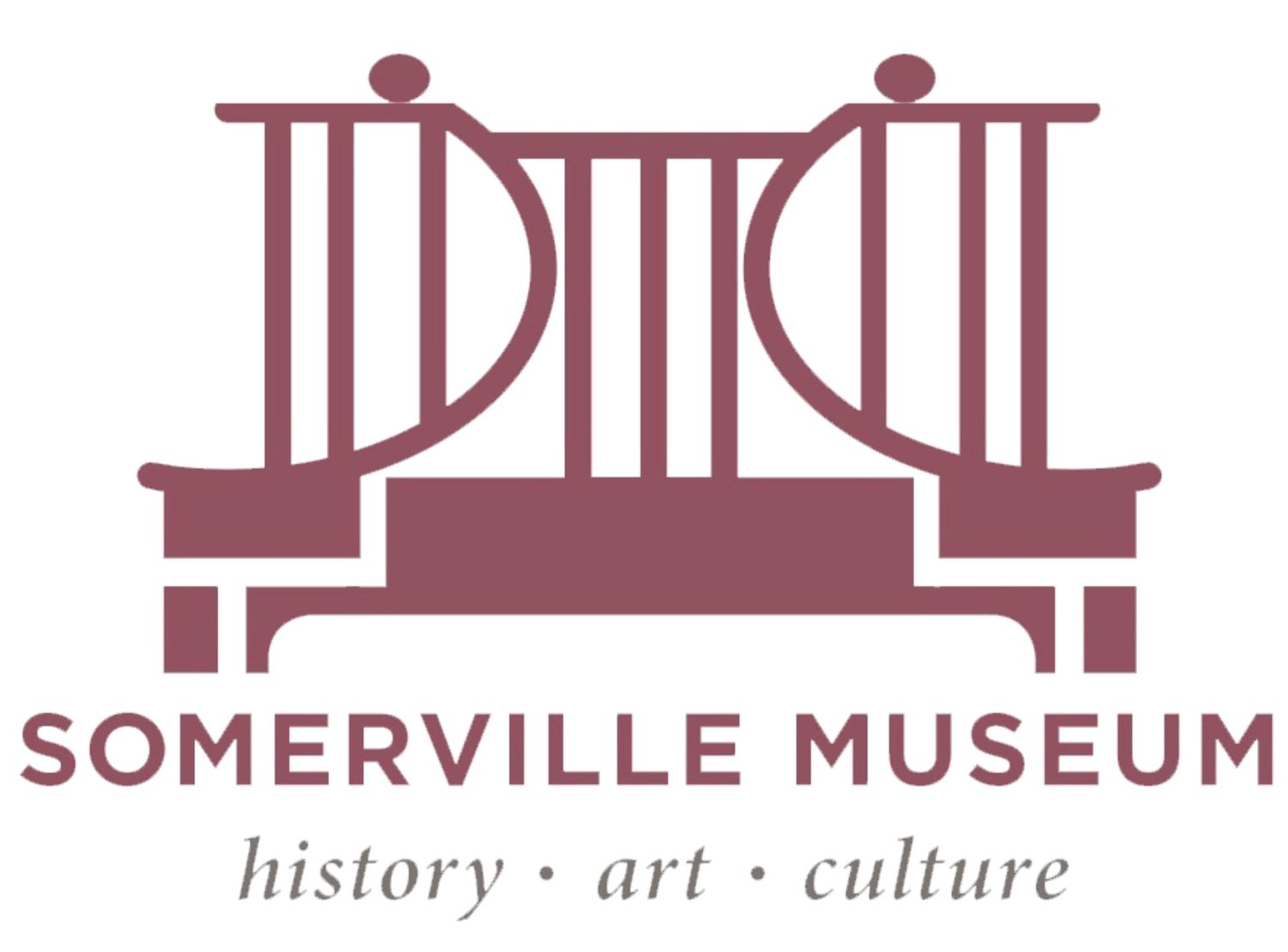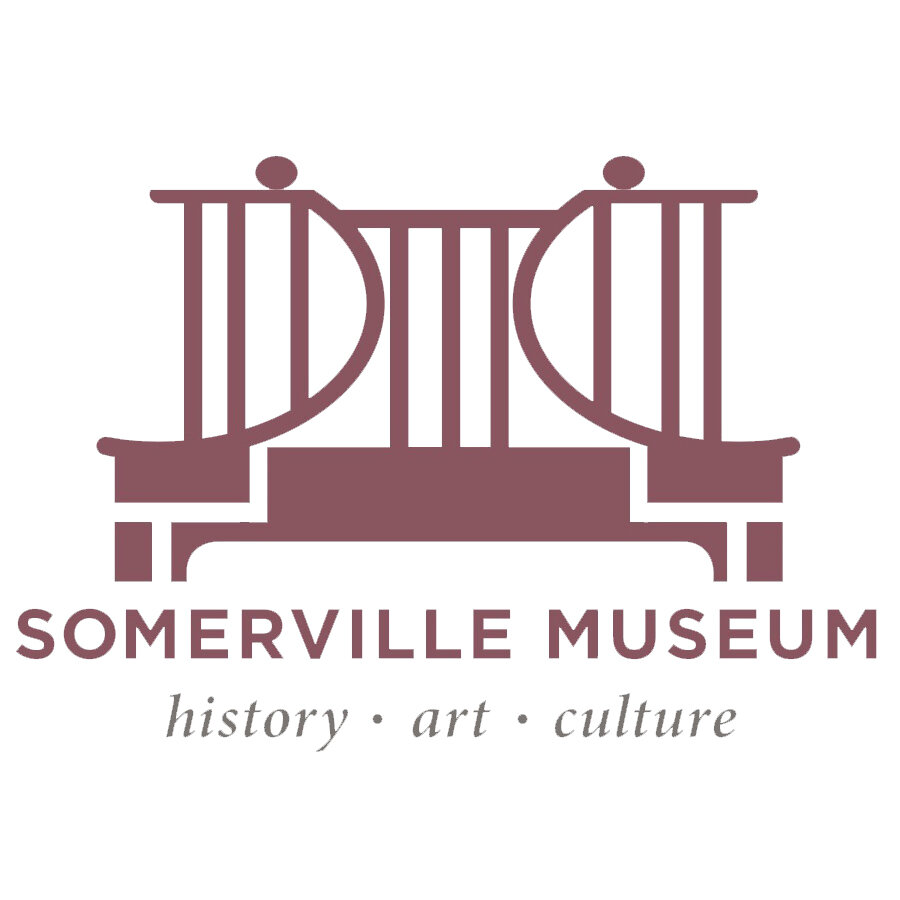Barrell Mansion on Cobble Hill
The focal point of the Museum’s main gallery is a staircase that once graced the mansion of Joseph Barrell in Charlestown (now Somerville). Joseph Barrell was a wealthy Boston fisheries and shipping merchant, whose interests included horticulture. The mansion was designed and built in 1792-93 by Charles Bulfinch for his one-time employer and friend on Cobble Hill. “The Barrell House resembled Sir John Soane’s Tendring Hall, Suffolk, England and was described as “the most beautiful and commodious edifice…{that} will be infinitely the most elegant dwelling house ever built in New England”.
The Barrell House sat fifty feet atop of Cobble Hill, providing excellent views of Boston, the Charles River, and the Miller River. Inside was a grand staircase likely modeled after one in Doddington Hall, Cheshire, England. It was described as “a flying staircase, ascending at each end 32 feet long- and coming together at a landing in the center, supported by four fluted posts, and again, ascending three steps to another landing, and then diverging right and left to landings connecting with each wing of the house as well as the centre.” (Lai)
Barrell died in 1804 and the mansion was sold in 1811 to the Massachusetts General Hospital and converted to the McLean Asylum for the Insane. The impetus for placing the asylum in this location was the progressive notion at the time of bringing peace, beauty and tranquility to the mentally ill to effect a cure. The Barrell Mansion was acknowledged as a perfect place for this, as the grounds of the estate were planted with every type of tree and flower, many imported from foreign lands. Vast gardens descended in terraces toward the river and from different sides of the house. His land was extensive, including fish ponds, dove cotes, and a poultry yard.
The Asylum remained in Somerville until 1896, when the expansion of the Boston and Lowell Railroad yards forced its move to Waverly. The mansion was razed, but the staircase went to the home of Francis Shaw. Upon Shaw’s death, his daughter Miriam Shaw donated it to the Somerville Historical Museum.
The staircase retains a high degree of integrity as it has a solid provenance tracing its creation to one of the most important architects in America, Charles Bulfinch. The piece is shown in a manner similar to its original arrangement at the Museum and looks very much like it would have in the 18th century. It has not been overly restored or altered and is important as being part of Bulfinch’s first experiment with designing a residential estate.
The Somerville Museum owns the entire staircase. The lower half of the staircase has been incorporated into the fabric of the Great Hall of the Somerville Museum. The other sections of the staircase are owned and are in storage.




